Gold Ginkgo over White - Custom Wall Cladding
Livinglass Light and the Environment
Livinglass is committed to preserving the environment by offering Earth-friendly products made from recycled materials. Our new line of LEED friendly Light products lets you take inspiration from nature while protecting the environment. Scroll down for more information about how Livinglass products can be used for LEED credits.
Livinglass & LEED
What is LEED? Internationally recognized, the Leadership in Energy and Environmental Design (LEED
is a green building certification system developed by the U.S Green Building Council (USGBC). LEED offers building owners and operators a means of measuring their buildings’ sustainability using a whole-building approach. LEED recognizes performance in: sustainable site development, water and energy efficiency, materials and resources used, indoor environmental quality, location and regional priorities, education,
and innovation in design.
Learn more about LEED and how to qualify for LEED Certification >>
Learn more about the USGBC >>
Are Livinglass Products LEED Certified? No. LEED certification is given to building projects, not
products or materials. Projects are awarded different levels of LEED certification based on a 100-poin
scale (with 10 bonus points available). Projects must meet prerequisites and earn a minimum number
of points to be certified. Livinglass can only be used to earn points towards a projects’ certification.
Livinglass Light and Curves are eligible for LEED credits in the following ways:
LEED Credits - Commerical Interiors
Construction Materials Waste Management (MR 2.1 & MR 2.2 - up to 2 points)
Credit Requirement
– Develop and implement a construction waste management plan.
– Recycle or salvage at least 50% (1 point) or 75% (2 points)
Livinglass
All Livinglass panels are custom made based on the project specifications, and
delivered crated to the building site. This means there is no excess material or
packaging that gets thrown out when panels reach thier destination.
Recycled Content (MR 4.1 & MR 4.2 - up to 2 points)
Credit Requirement
– The sum of post-consumer recycled content plus one half of pre-consumer
(post-industrial) recycled content must equal at least 10% (1 point) or 20%
(2 points) of the total value of project materials.
Livinglass
Livinglass Light and Curves products are made using 100% pre-consumer recycled
resin and 100% pre-consumer recycled glass. Depending on the interlayer material,
½ of the pre-consumer recycled content can be as much as 50% of the total weight
of Livinglass Light and Curves products.
Regional materials (MR 5.1 - up to 2 points)
Credit Requirements
– A minimum of 10% of construction material costs must be extracted or harvested
and/or manufactured within 500 miles of the project site (as the crow flies.)
– “Manufactured” is defined as the final assembly of components into the product that
is furnished and installed. This does not include on-site assembly, erection, or
installation of finished components.
Livinglass
All Livinglass panels are manufactured in Southern California. Projects within
500 miles of the manufacturing site can earn Regional Materials credits when they use
Livinglass. Since LEED defines manufacturing as “the final site of assembly of
components into the product that is finished and installed,” Livinglass products that are
used to fabricate furniture can be considered “manufactured” at the site of fabrication.
However, drilling holes and installing hardware do not count as manufacturing under
the LEED definition.
Daylight and Views (EQ 8.1, EQ 8.2, EQ 8.3 - up to 3 points)
Credit Requirements
– Achieve a minimum Daylight Factor of 2% for at least 75% of all regularly occupied areas.
– Provide daylight redirection and/or glare reduction devices
Livinglass
When translucent interlayers are used, Livinglass products can be used to allow
for natural light in place of opaque materials. If placed correctly, Livinglass can bring
more light to regularly occupied areas and provide redirection and/or glare reduction.
'LEED' and related logo is a trademark owned by the U.S. Green Building Council and is used by permission.


